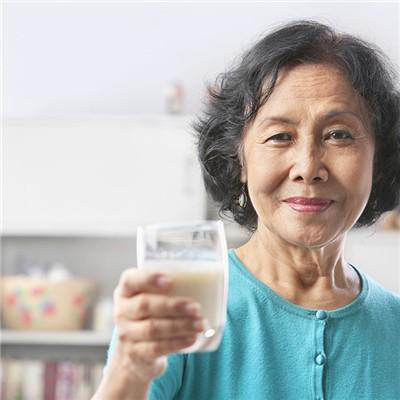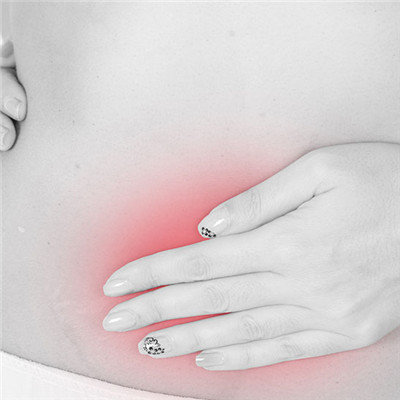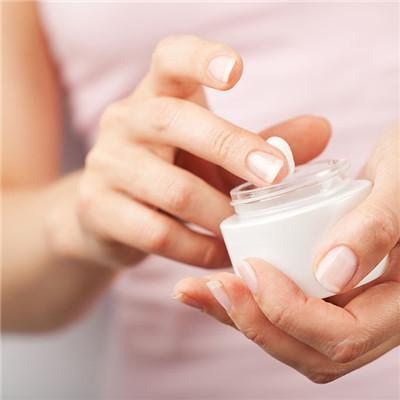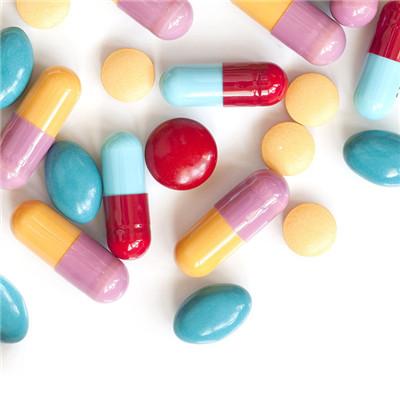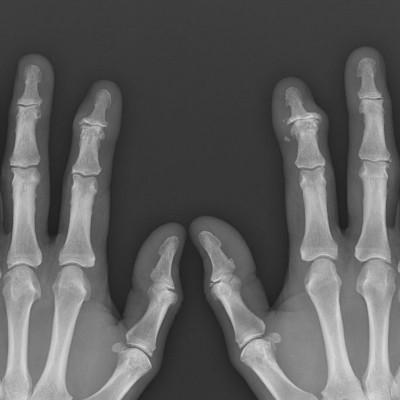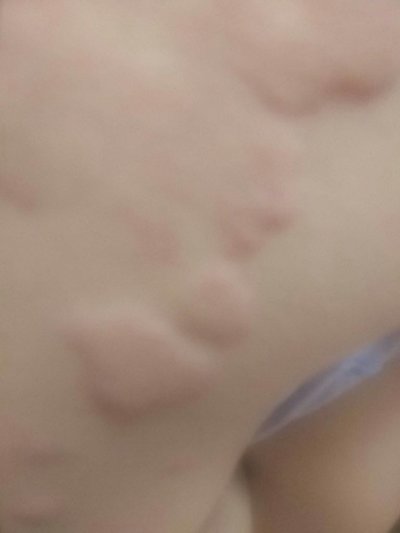Picture of symptoms of neonatal convulsion
summary
Convulsion is a temporary disorder of cerebral cortex function, which causes abnormal discharge of brain cells. It is characterized by sudden occurrence of involuntary muscle rigidity and clonic twitch in the whole or local skeletal muscle group, and joint movement, which is mostly systemic and symmetrical. Symptom picture of neonatal convulsion? Take a look at the picture of neonatal convulsions.
Picture of symptoms of neonatal convulsion
Neonatal convulsions are usually focal and may be difficult to recognize. Wandering clonic limb twitch, alternating hemilimb convulsions or primary subcortical convulsions (respiratory arrest, masticatory movement, persistent eye deviation, and paroxysmal changes of muscle tone) are common. Major seizures are rare.
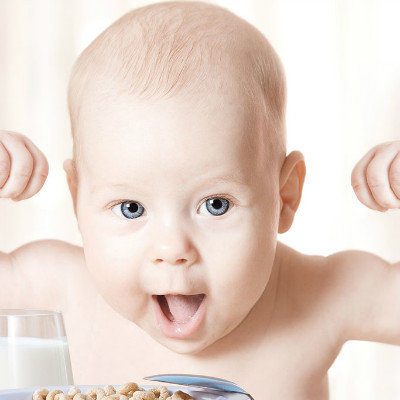
Clonic muscle activity with increased muscle tension and restlessness must be different from real convulsion. Restlessness can only produce clonus after stimulation. Holding the limbs can stop clonus. Convulsion is spontaneous, holding the limbs still feel the shaking of the limbs.
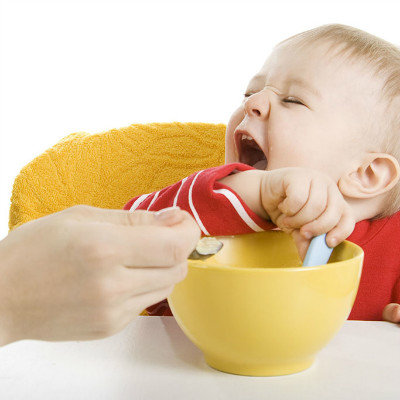
Comprehensive physical examination is very important. The types of convulsions, head circumference, changes of muscle tension, degree of jaundice and intracranial hypertension are helpful for the diagnosis. Blood glucose, electrolyte determination, blood glucose, electrolyte abnormalities suggest that the corresponding metabolic abnormalities, such as hypoglycemia, hypocalcemia, hypomagnesemia, hyponatremia, hypernatremia and so on.
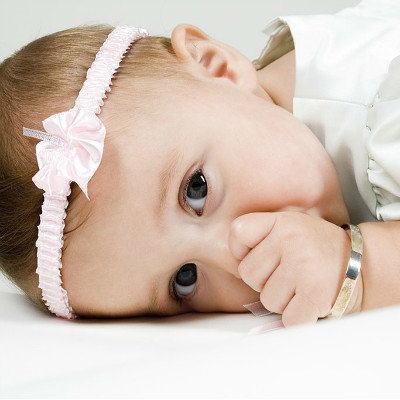
matters needing attention
Strengthen nursing and physical exercise of children. Indoor windows should be opened frequently for ventilation, and children should be allowed to go out for activities, so that the body can adapt to the environment and reduce the occurrence of infectious diseases. Pay attention to nutrition. In addition to milk diet, children should also timely add complementary foods, such as cod liver oil, calcium tablets, vitamin B1, vitamin B6 and various minerals, so as not to make children hungry, so as to avoid low calcium and hypoglycemic convulsions.



